Nearly all dog breeds enjoy the opportunity to run, roam, and play. Exercise keeps their bodies healthy and their minds stimulated, which makes them better companions. Given the chance, most canines will enjoy taking part in dog sports. These are activities dogs can participate in that challenge their bodies and minds in ways that mere walking or running does not.
There are dozens of dog sports, including flyball, lure coursing, scootering, and even freestyle dancing. Your pet will likely enjoy more than a few of them, especially if he is from an active, energetic breed. In this article, we'll describe six of the most popular dog sports, and explain what each activity involves.
1 - Disc Dog
This is an event that teams one person with one canine. The person tosses the disc (similar to a Frisbee), and the canine catches it. Points are awarded based on distances over which the disc is successfully thrown and caught. Extra points are awarded if the canine catches the disc in mid-air.
2 - Flyball
Flyball is a sport played with four dogs on a single team. They run in relay fashion across a course filled with four obstacles. At the end of the course, the canine steps onto a spring-loaded box, which launches a tennis ball. The dog much catch the ball, and return to his handler. The winning team is the first one in which all four dogs successfully navigate the obstacle course, and cross the finish line.
3 - Agility Training
In this event, teams consist of one person (the handler) and one dog. The former guides the latter through an obstacle course where both precision and time are tested. The person cannot touch the canine, nor offer incentives, such as treats. The only tools the handler can use are his or her voice, and gestures or motions performed with his or her body.
The obstacle course is purposefully designed so that canines cannot complete it without receiving instructions from their handlers. The course includes tunnels, ramps, jumps, and other obstacles.
4 - Lure Coursing
This sport involves a chase. A mechanical lure is drawn across a field (up to 1,000 yards), and canines compete based on the time in which they complete the course. Sometimes, obstacles are included in the field.
Because the sharp turns required during lure coursing can place strain on a young dog's joints, this event is closed to canines under one year of age.
5 - Freestyle Dancing
Canine freestyle involves teams consisting of one handler and one dog. The handler and dog are essentially dancing partners who perform choreographed routines. These routines might include jumps, rolling over, leg weaving, and many other moves.
In freestyle dancing, each team's choreographed moves are judged based on how well they work with the chosen music. If a routine is performed flawlessly, yet done so to music that doesn't fit the moves, the team is penalized.
6 - Dock Jumping
This sport measures the distance or height a canine can jump after launching himself from a dock. The dog lands in water, so there is no danger of injury. Here, again, teams consist of one person (handler) and one dog. Handlers are allowed to toss toys off the dock to encourage their canines to jump further and higher. The distance is measured from the end of the dock to the place the base of the dog's tail makes contact with the water.
Even though most dog sports are particularly well-suited for energetic breeds, nearly any canine that is physically healthy can compete. In some cases, as with agility training, the obstacle course can be modified to accommodate pets with certain limitations. That said, if you intend to involve your canine in such events, have his veterinarian perform a physical exam to help prevent injury.

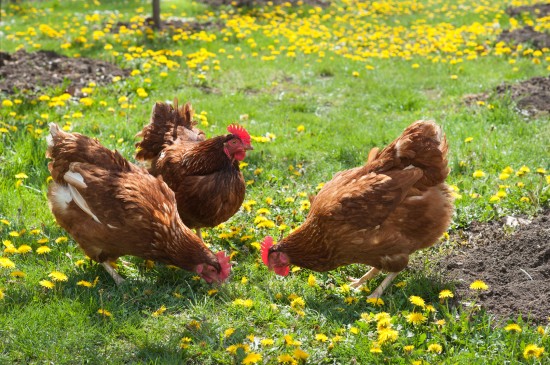 Keeping Chickens On A Budget
Keeping Chickens
Keeping Chickens On A Budget
Keeping Chickens
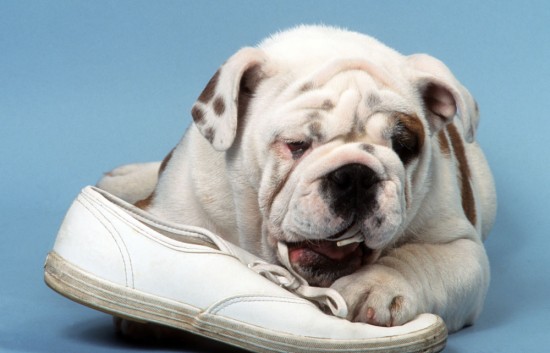 Five Easy Steps To Curb Inappropriate Chewing In Dogs And Puppies
Five Easy Steps T
Five Easy Steps To Curb Inappropriate Chewing In Dogs And Puppies
Five Easy Steps T
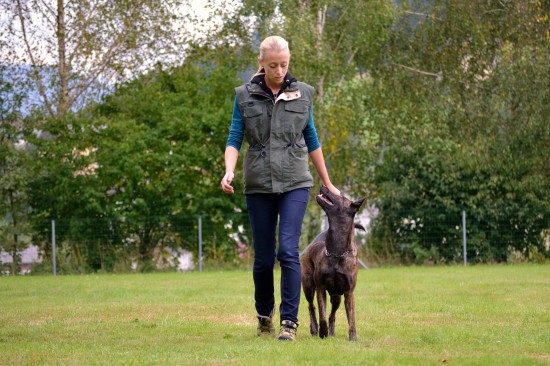 Canine Behaviourism - What Is It?
Canine Behaviouri
Canine Behaviourism - What Is It?
Canine Behaviouri
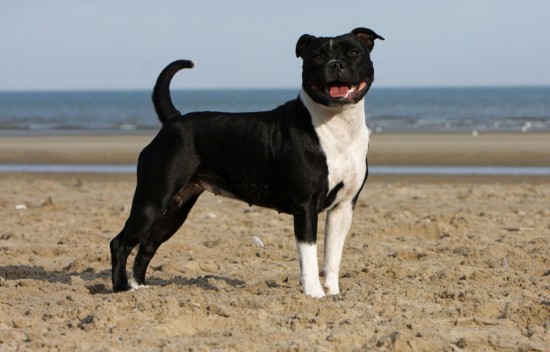 Why Are Dog Rehoming Centres Full Of Staffordshire Bull Terriers?
Why Are Dog Rehom
Why Are Dog Rehoming Centres Full Of Staffordshire Bull Terriers?
Why Are Dog Rehom
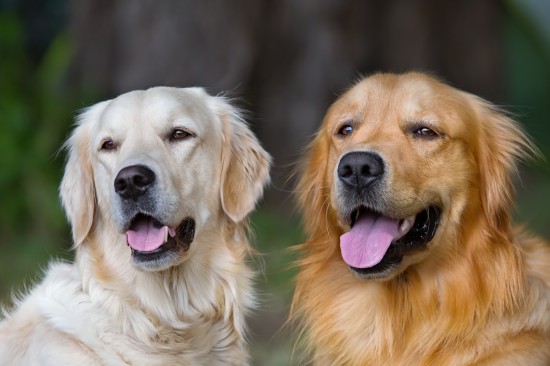 The Pros And Cons Of Taking On Two Unrelated Adult Dogs At Once
The Pros And Cons
The Pros And Cons Of Taking On Two Unrelated Adult Dogs At Once
The Pros And Cons